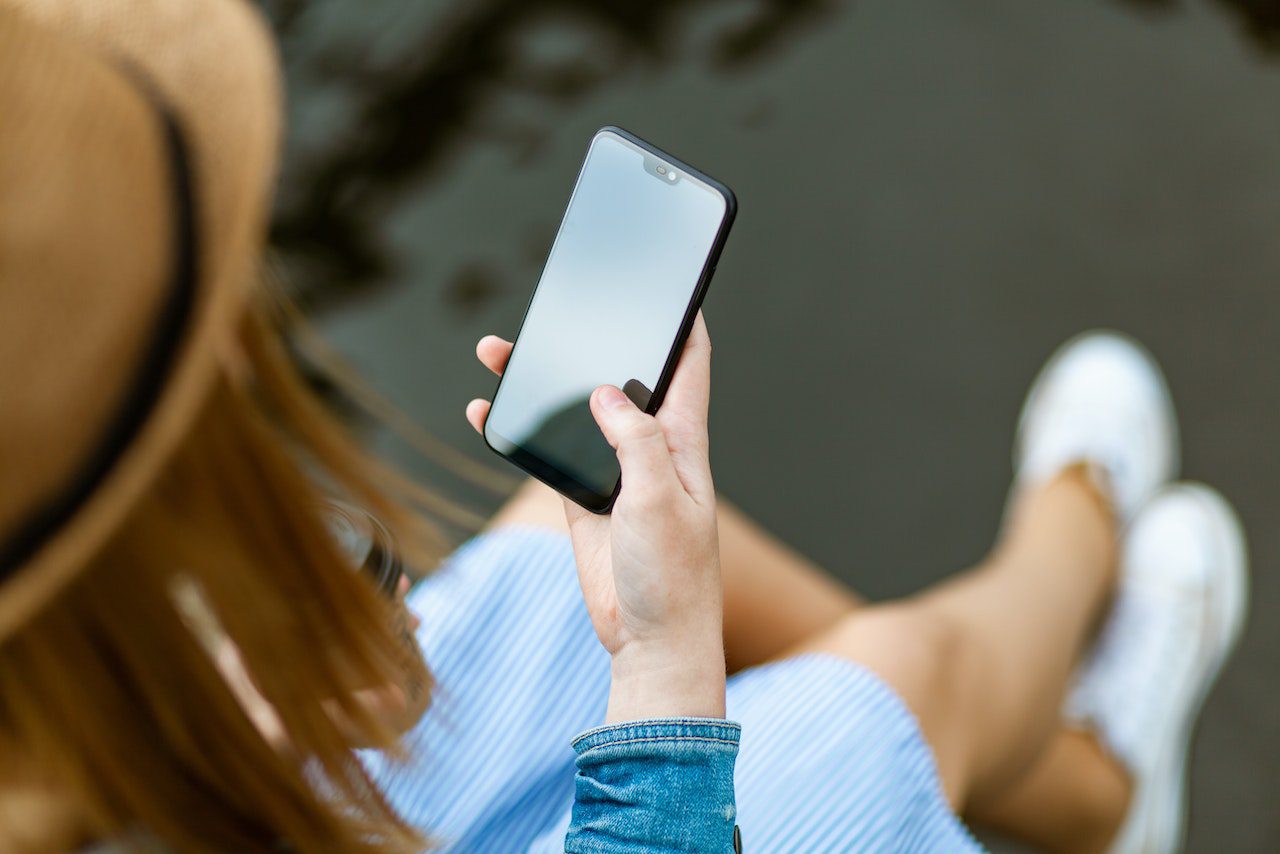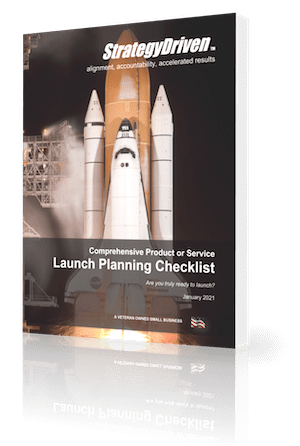The Lifeline Assistance Program for Cell Phones: What You Need to Know
Many states have multiple authorized Lifeline providers, and most provide a choice of plans that include phone, broadband internet, or bundled services. Lifeline subsidies are provided on a one-per-household basis, and subscribers must have a valid proof of eligibility (pay stub, utility bill, letter or card from an accepted program). Check eligibility using the online Lifeline National Verifier or download a paper application. You may also qualify for free phone and data services with the new Affordable Connectivity Program (ACP). This federal program helps millions of households cut their monthly bills.
What Is Lifeline?
Lifeline is a government assistance program that lowers the cost of phone and internet service. To qualify for Lifeline, a potential customer must need government assistance or have a family income at or below 135% of the state’s federal poverty level. Eligible customers can choose between a landline or wireless connection, but one line of Lifeline service is provided per household.
Many authorized Lifeline carriers offer broadband internet services at low monthly rates for eligible households. You can find out what providers are available in your area by using the search tool at the USAC website.
How Do I Apply for Lifeline?
To qualify for Lifeline, you must meet the income requirements set by each state and federal government. Most of the documentation required for Lifeline can be submitted online or by mail, depending on your situation. Each year, Lifeline participants must recertify their eligibility for the program. The recertification process differs for each provider, so check with your chosen phone or internet service company for details.
The lifeline service in the state of Missouri was designed to provide low-income households with the telephone and mobile data services they need to participate in today’s world. Those who do not possess a reliable phone connection are at a disadvantage in the job market and can’t communicate with family members or employers. Thankfully, the federal government is helping those in need by providing Lifeline discounts for home and wireless service providers. Many participating companies offer eligible customers free phones and discounted monthly data and minutes.
Who Is Eligible for Lifeline?
The program provides a monthly phone or broadband service discount for low-income households. It offers a bundled service option, including home and mobile phones and internet access. The subsidy is provided through Lifeline-approved service providers, also called carriers. The National Verifier database checks consumer eligibility (except in California, Oregon and Texas – opt-out states). Your income must be 135% or less of federal poverty guidelines. Alternatively, you can verify participation in a qualifying government assistance program or your state’s letter or card showing you meet the income limits.
In addition, you must recertify your eligibility each year. You can do this online through USAC or, in some cases, with the carrier you use for Lifeline. Recertification reminders are sent to beneficiaries via text and voice messages. There is a one-phone-per-household limit on Lifeline subsidies.
Can I Keep My Current Phone Number With Lifeline?
It is not allowed to have multiple Lifeline phone numbers. When you sign up for a new Lifeline service provider, it is important to make sure that you tell the customer service representative that you want to keep your current number and that you are not receiving another Lifeline phone number from someone else in your household. The program can only provide one discount for each household. It also violates program rules to simultaneously receive cell phone services from multiple providers. Some service providers offer free or cheap phones to Lifeline participants. These phones include monthly data, talk and text minutes. You can find out if your provider gives smartphones to Lifeline participants by visiting their website. You can also learn about options from local community organizations like United Way 2-1-1.
How Do I Keep My Lifeline Benefit Current?
The Lifeline program was established in 1985 to subsidize the cost of phone service for low-income Americans. It has since undergone two major reforms: the first to combat ongoing allegations of fraud and the second to bring the subsidy in line with emerging technologies. In some States, eligible households can receive free cell phones and a monthly wireless plan for their household members. This program is available for anyone below 135% of the federal poverty guideline. Eligible customers can enroll in the program through a telephone service provider that offers Lifeline discounts.
You must submit annual proof of eligibility to keep your Lifeline benefit current.
What Are the Requirements for Lifeline?
Since its inception, Lifeline has benefited millions of low-income Americans by subsidizing their phone or broadband service. Under Wheeler, the FCC refocused this support on broadband and established a bidding process encouraging broadband providers to offer funded packages. It also implemented reforms to combat ongoing allegations of fraud in the program.
Eligible telecommunications carriers must verify each new Lifeline subscriber’s income-based eligibility by accessing state or national eligibility databases or obtaining documentation that meets the following criteria: Ensure all subscribers know their Lifeline benefit is non-transferable and only available to eligible household members. They are responsible for paying any monthly charges incurred after their Lifeline discount has expired.












Leave a Reply
Want to join the discussion?Feel free to contribute!